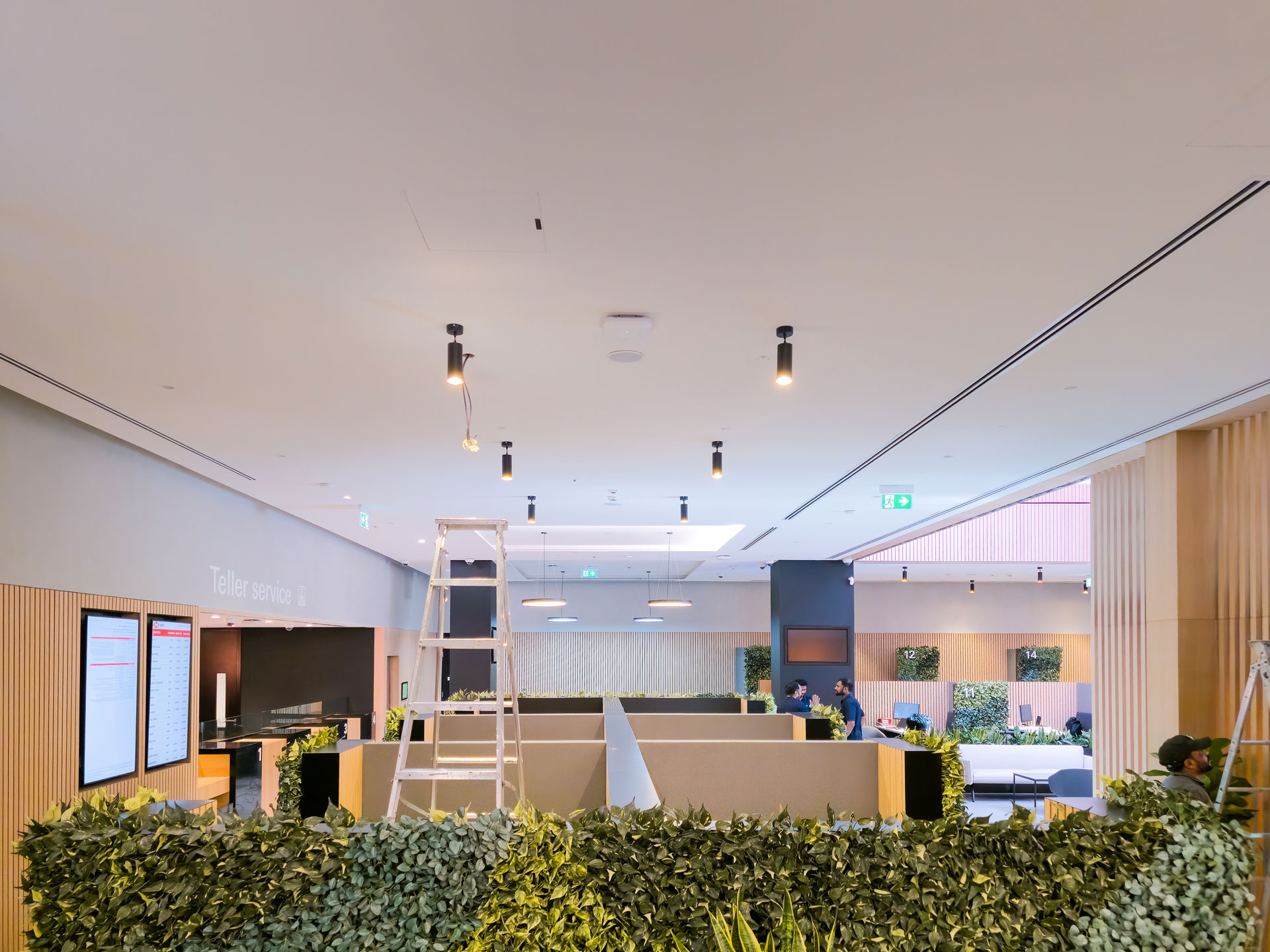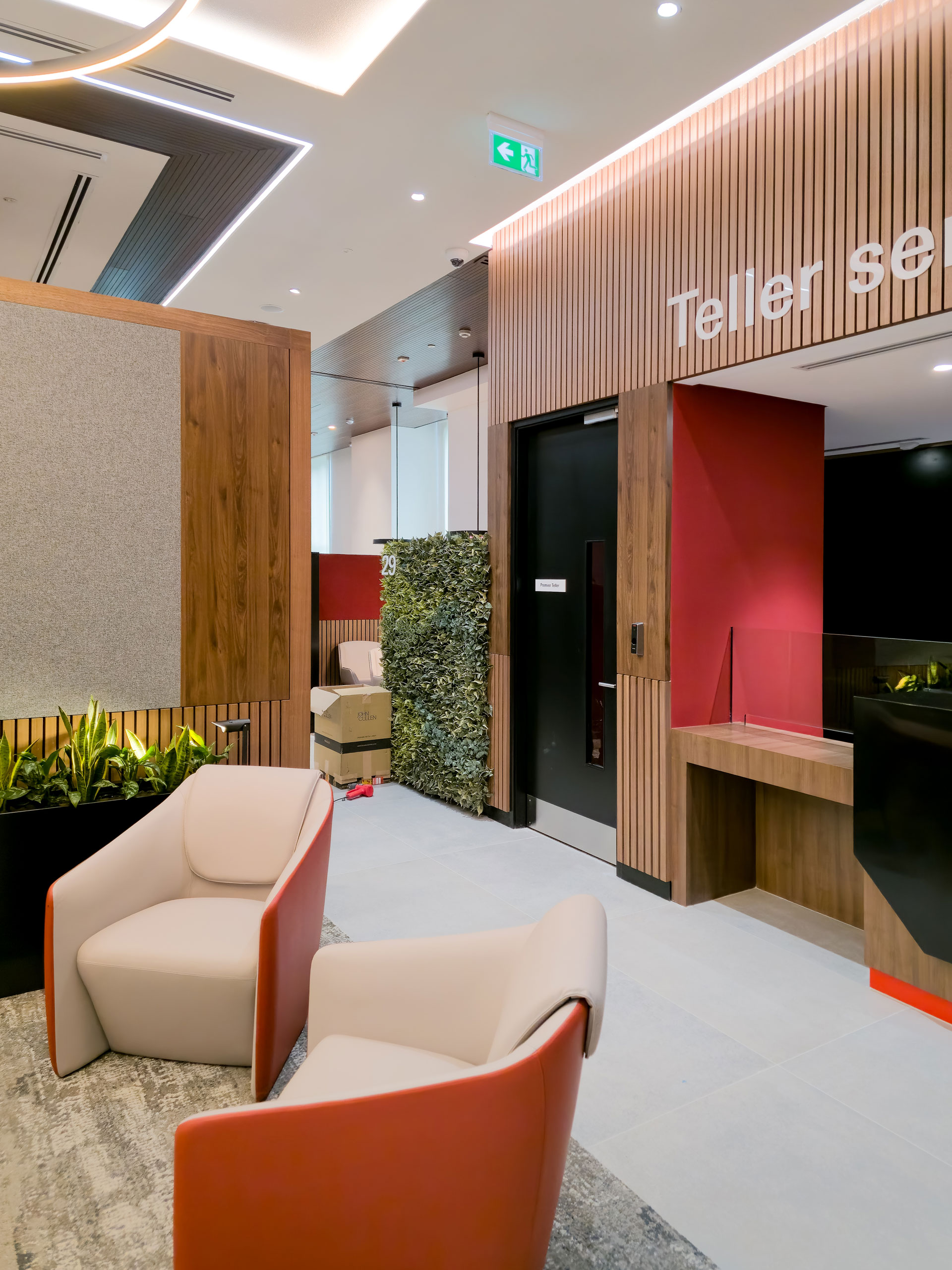Fire-Rated Interior Cladding That Doesn’t Compromise Sustainability

Rethinking Fire Safety and Sustainability in Interior Design
As buildings aim to meet ever-higher sustainability standards, the materials used in interiors are under growing scrutiny. Fire-rated cladding—essential for safety in commercial and public spaces—must now also comply with green certification benchmarks. Historically, fire resistance and sustainability have been seen as competing priorities. But that is changing. Today’s fire-rated interior cladding systems can deliver both safety and environmental performance without compromise. This article explores how modern materials, coatings, and testing standards are driving a new era of high-performance, low-impact interior cladding.

Material Innovation in Fire-Rated Cladding
Sustainable Core Composition
New generations of fire-rated cladding begin with sustainable cores—such as low-VOC aluminium, mineral-based boards, or fiber-reinforced composites. These materials are engineered to meet stringent fire resistance ratings (such as EN 13501-1 Class B-s1-d0) while maintaining low embodied carbon and high recyclability. Suppliers can now offer pre-finished surfaces that avoid additional paints or laminates, helping reduce emissions and resource consumption¹.
Non-Toxic Surface Coatings
Advanced fire-retardant coatings are increasingly water-based, halogen-free, and compliant with global toxicity standards. Unlike older formulations, these coatings do not off-gas harmful VOCs and are safe for interior environments like schools, airports, or healthcare facilities. Performance is retained without compromising indoor air quality².
Recycled and Recyclable Content
Many aluminium-based or mineral core cladding systems now feature high post-consumer recycled content. At end-of-life, they can also be disassembled and returned into circular manufacturing loops. This makes them ideal for buildings targeting LEED, WELL, or Green Mark credits³.

How Fire-Rated Cladding Supports LEED v4
MR Credit: Building Product Disclosure and Optimization
Under LEED v4, cladding systems with verified Environmental Product Declarations (EPDs), Health Product Declarations (HPDs), or Cradle to Cradle certification contribute directly to Material and Resources (MR) credits⁴. Aid’s materials like Alüm™ are manufactured with supply chain transparency and life-cycle impact assessments that help support these declarations.
EQ Credit: Low-Emitting Materials
Alüm™, Timberix™, and other Aid Group offerings meet the criteria for LEED’s EQ (Indoor Environmental Quality) Low-Emitting Materials credit. Products are tested to meet stringent limits for VOC content and emissions, helping improve occupant health and comfort⁵.
Innovation in Design
Using fire-rated cladding that also meets sustainability targets may qualify for Innovation credits. This includes projects that specify Class B-s1-d0 or higher cladding systems that are also Red List Free, made from recycled content, or compliant with international green certifications⁶.

Applications in Commercial and Institutional Interiors
Transit Hubs and Educational Spaces
In high-traffic environments like train stations and campuses, fire safety cannot be compromised. Aid’s aluminium and composite cladding systems deliver robust fire protection alongside clean indoor air and sustainable material profiles. Their ease of maintenance and long lifespan support green operations⁷.
Hospitality and Wellness Interiors
Designers in hotels, spas, and wellness centers are increasingly selecting fire-rated panels that offer clean lines, natural finishes, and non-toxic materials. Timber-look or metal-textured cladding offers both performance and biophilic appeal—without introducing flammable organic surfaces⁸.
Benefits Beyond Compliance
Harmonizing Safety and Sustainability
Sustainable fire-rated cladding is not just a regulatory checkbox—it’s a performance-driven design choice. It ensures that interior environments are not only code-compliant but also health-conscious, low-carbon, and future-ready.
Supporting Circular Design Strategies
The use of modular, disassemblable, and recyclable panels aligns with circular economy principles. Aid Group’s commitment to closed-loop systems ensures that today’s design decisions don’t become tomorrow’s environmental liabilities⁹.

Building with Fire-Rated Panels for a Greener Future
The future of sustainable design is safe, certified, and beautiful. Fire-rated cladding systems like those offered by Aid™ brands empower architects and builders to specify interiors that meet fire codes and environmental targets alike. Whether targeting LEED v4, WELL, or BREEAM, today’s materials show that fire safety and sustainability can coexist—seamlessly.
References
- U.S. Green Building Council. (2023). LEED v4 for Building Design and Construction. U.S. Green Building Council.
- International Living Future Institute. (2023). Declare: A Transparency Platform. International Living Future Institute.
- Forest Stewardship Council®. (2023). FSC Chain of Custody Certification. Forest Stewardship Council.
- EPD International. (2023). What is an EPD?. EPD International.
- American Institute of Architects. (2022). Sustainable Materials and Fire Safety in Architectural Design. American Institute of Architects.
- European Committee for Standardization. (2021). EN 13501-1: Fire classification of construction products and building elements. iTeh Standards.
- Building and Construction Authority. (2024). Green Mark 2021 Criteria. Building and Construction Authority Singapore.
Share